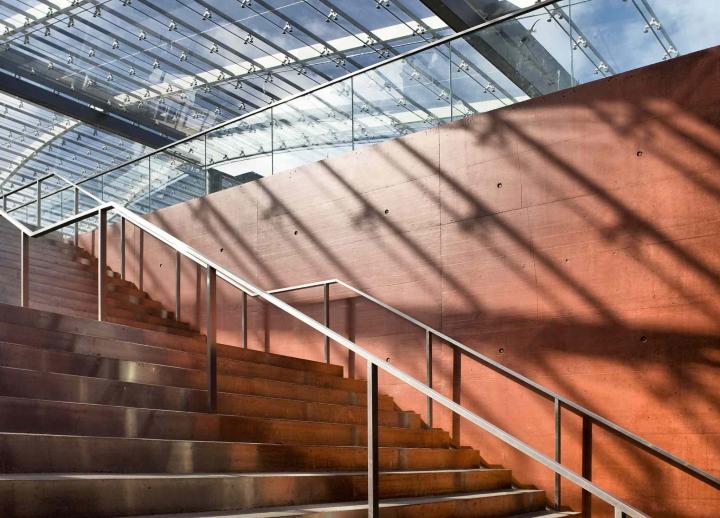Pigmentation bringing flexibility to concrete’s design and usage
It took about 50 years for television to transform from black and white to glorious technicolour; the availability of pigmentation to give concrete shades other than grey took infinitely longer writes Lee Baldwin, Product Development Manager at Sika, pictured below. The wait was worth it, however, as the colourisation of this otherwise drab-looking material has given it a new lease of life in terms of its usage; brightening our commercial and domestic worlds in the process.

From industrial units to art installations, coloured concrete has become a go-to solution for designers and the like who want their structures to look good as well as last. For the past 15 years or so, Sika has been among those leading the way in the development of the precious pigment that has allowed concrete structures be seen in a different light… and shade. The colourisation process involves adding liquid or powder-form pigmented metal oxides - mainly iron oxide – to a concrete mix. The dosage is normally 0.5 – 5.0% of the cement weight. Higher dosages do not enhance the colour intensity but may adversely affect the concrete quality. A range of primary colours are available such as yellow, red, black and white, which can be used to create a spectrum of shades.
No limits
With concrete now able to sport coats of many colours there is no limit to how and where it can be used, dependent on whether it is designed to stand-out or blend-in with its environment. A good example of pigmented concrete's harmonious capabilities can be seen at Payers Park, Folkestone where it was used in the formation of sandstone-coloured steps as part of a recent Sika-based project. The same properties also saw Sika's colour range bring a certain gravitas and style to a humble seaside public toilet, which was deemed so at one with its coastal surroundings, the installation won a design award. Other recent commercial projects to benefit Sika Coloured Concrete include specification at the new Concorde Museum in Bristol, where it will be used to create dark grey flooring – a perfect accompaniment to the brilliant white supersonic plane it is to support. It's also been selected as a colourful base for a skate park, the bright shades and tones in-keeping with the lively, fun-packed environment.


Solid alternative
Pigmented concrete is also gaining favour as a domestic installation. Its durable, maintenance-free properties have led to its specification for driveways as a more solid alternative to tarmac. Chips and minor damaging to coloured concrete does little to spoil its look. The pigment runs throughout the concrete, therefore the surface and the underlying colour is the same. Kitchens, where coloured concrete creates hard, marble-like flooring, are also ideal. Sika Coloured Concrete was also used to create an attractive art installation at Queen Elizabeth Park in London.
Pigmentation has added a new flexibility to concrete, this most unyielding of materials. Its grey days are over and a brighter, more colourful new era awaits.
Visit www.sika.co.uk.
Additional Blogs

What the UK can learn from global construction tech leaders
The UK construction sector stands at a critical crossroads. Mounting pressures - stagnant productivity, acute labour shortages, tightening safety requirements, ambitious carbon-reduction targets and...
Read moreAre architects losing their influence in the digital era?
For decades, architects have been the central creative force in construction, shaping the buildings we see and the way projects are conceived, communicated and delivered. Their role has been...
Read more

Why the word “Innovation” has lost its meaning in construction
“Innovation” has become one of the most overused terms in construction. It appears in the dozens of press releases we receive each day, conference talks and project reports, often without any real...
Read more